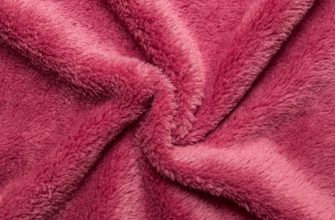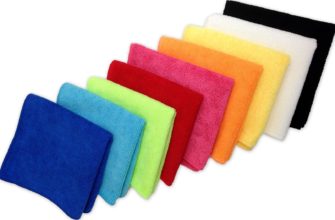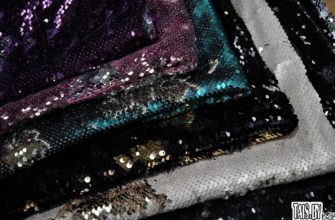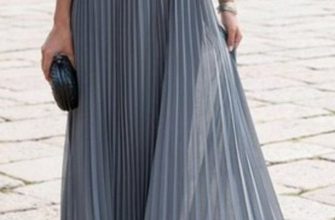With the development of the chemical industry, many substances were invented that began to be used not only for the production of specialized materials or equipment, but also for household use. Some of them became so popular that they began to be used in the production of a huge number of materials and things.
One of these substances is polyester. This is a high-molecular compound that is widely used in many areas of industry. Natural and artificial polyesters are known. Synthetic ones are used to produce polyester fiber, as they have a number of advantages.
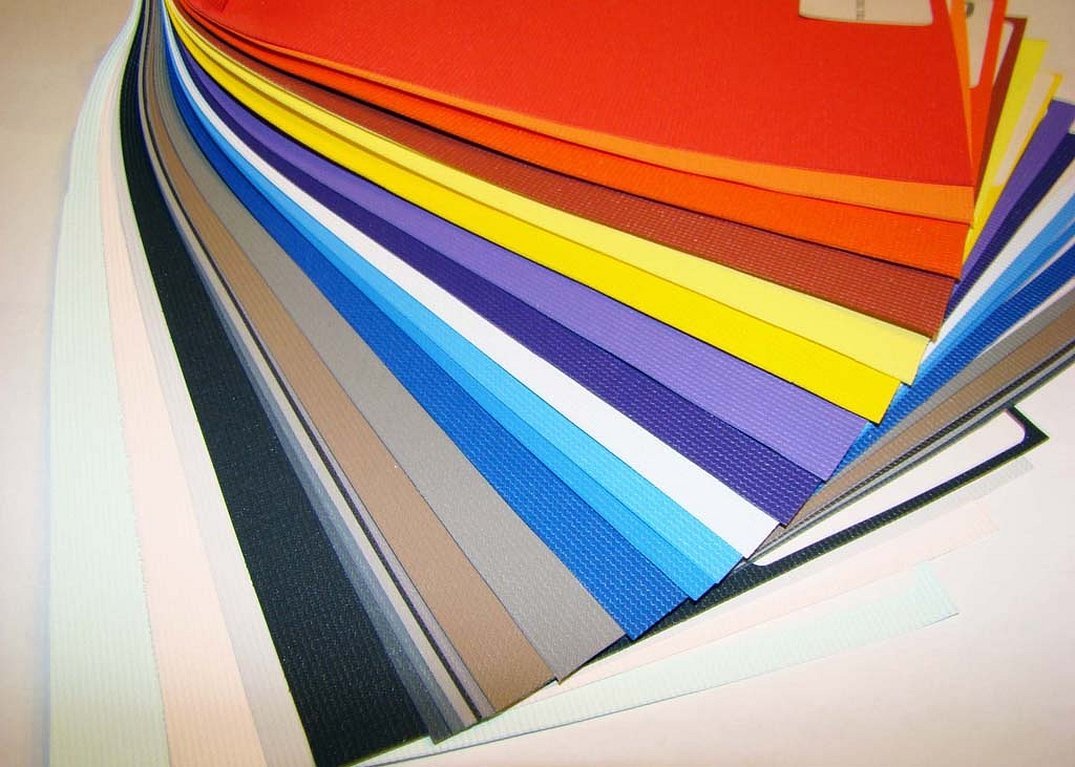
Among all the items made from polyester, fabric stands out. This material will tell you in detail what polyester is, what kind of fabric is made from polyethylene terephthalate, and how polyester differs from polyester.
- What is the reason for the high popularity of the material?
- Description, properties of the material and GOSTs
- Polyester silk
- Microfiber
- Acrylic
- How Polyester Combines With Other Fibers
- Combination with cotton
- Combination with flax
- Combination with wool
- Combination with spandex
- Combination with polyamide
- Scope of application
- Application in sewing workwear
- Rules for the care of polyester fiber
- Advantages and disadvantages
- Polyester fiber: is it harmful to humans
What is the reason for the high popularity of the material?
The unique physical and chemical properties of the substance from which the fiber is made, as well as its low price, have become the main factor that has made polyester so popular in the textile industry. Polyester derivatives produce a large number of different materials: from artificial wool and fur to metal reinforcement for wheels and insulation for house facades.
Important! The material is quite heat-resistant, which significantly distinguishes it from other types of synthetic fibers. In addition, polyester is waterproof, durable, fire-resistant, and wear-resistant. This makes it almost indispensable when sewing some special clothing for workers at enterprises.
The material retains its shape well and is used in draped pleated skirts. Polyester flags and banners are very popular due to the material's property of not fading when exposed to ultraviolet radiation from the sun.

Description, properties of the material and GOSTs
It is worth taking a closer look at polyester fiber, what it is and its main properties. Polyester is a synthetic material that looks like pressed wool and feels like cotton fabric. It is made from polyester fibers obtained from petroleum products at oil refineries. The process is as follows:
- Oil and gas are processed to release polystyrene;
- Polyester threads are obtained from polystyrene;
- The threads are woven together to form a fabric.
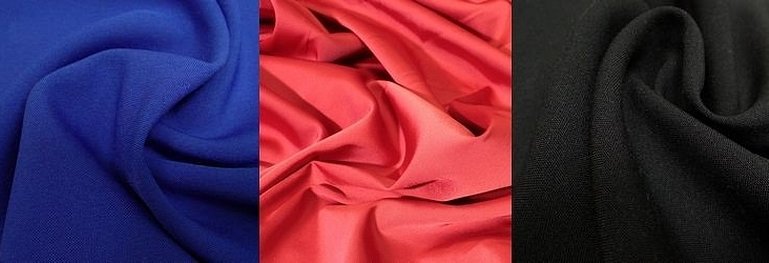
Now we can move on to the properties of these fibers:
- Cheap compared to natural and even other synthetic materials;
- Strength and wear resistance;
- A huge number of colors and colors;
- Undemanding in care;
- Wrinkle resistance;
- Provides pleasant tactile sensations to the body;
- Does not deteriorate due to exposure to cold, sun and heat;
- Moth-proof.
In the Russian Federation, the production of this fabric is regulated by GOSTs 24662-94, 26095-84, 27504-87. It is worth saying that items woven 100% from polyester are not often used. Other natural and synthetic fibers are added to the fabric to give them other properties and appearance. For example, polyester silk, microfiber, and acrylic are made from polyester fibers.
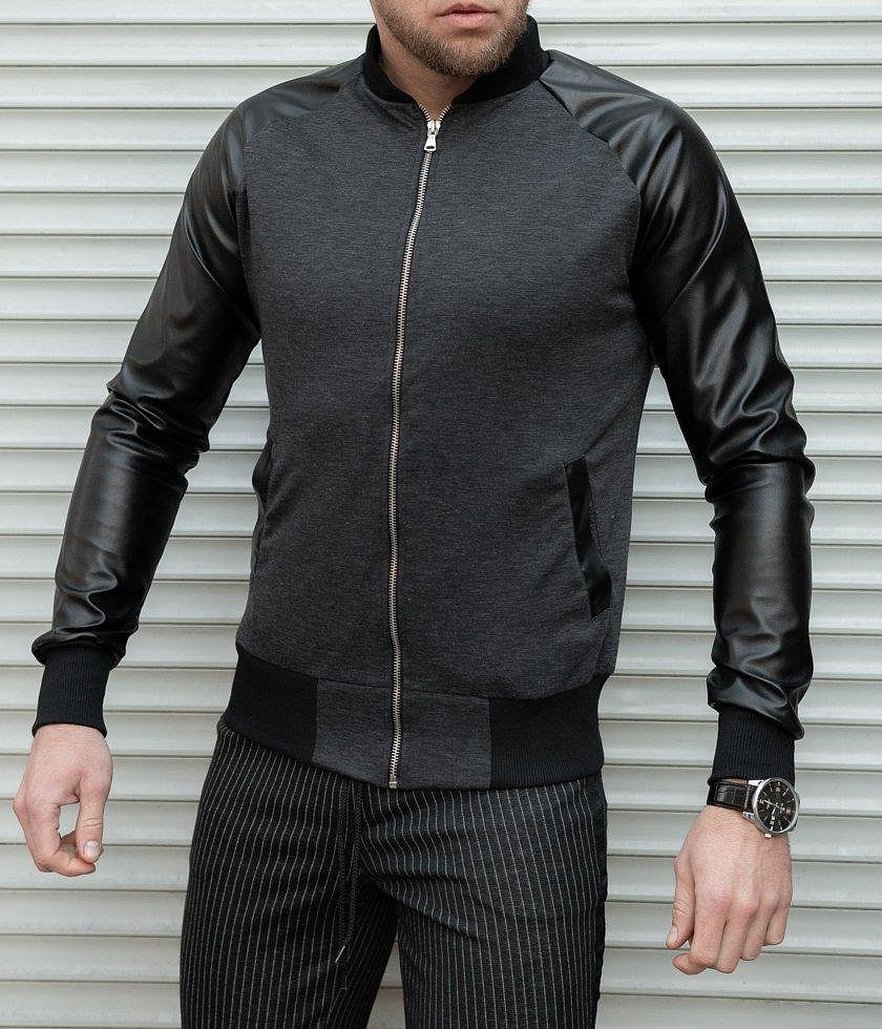
Polyester silk
Polyester derivatives allow to create fabrics with various characteristics, density and stretchability. Polyester silk is one of them. It is extremely difficult to distinguish it from natural silk by eye. Its density is about 180 kg per cubic meter. It is actively used for making large and small flags, dressing gowns and bed linen. Do not forget about furniture upholstered with this fabric or kitchen textiles based on artificial silk.
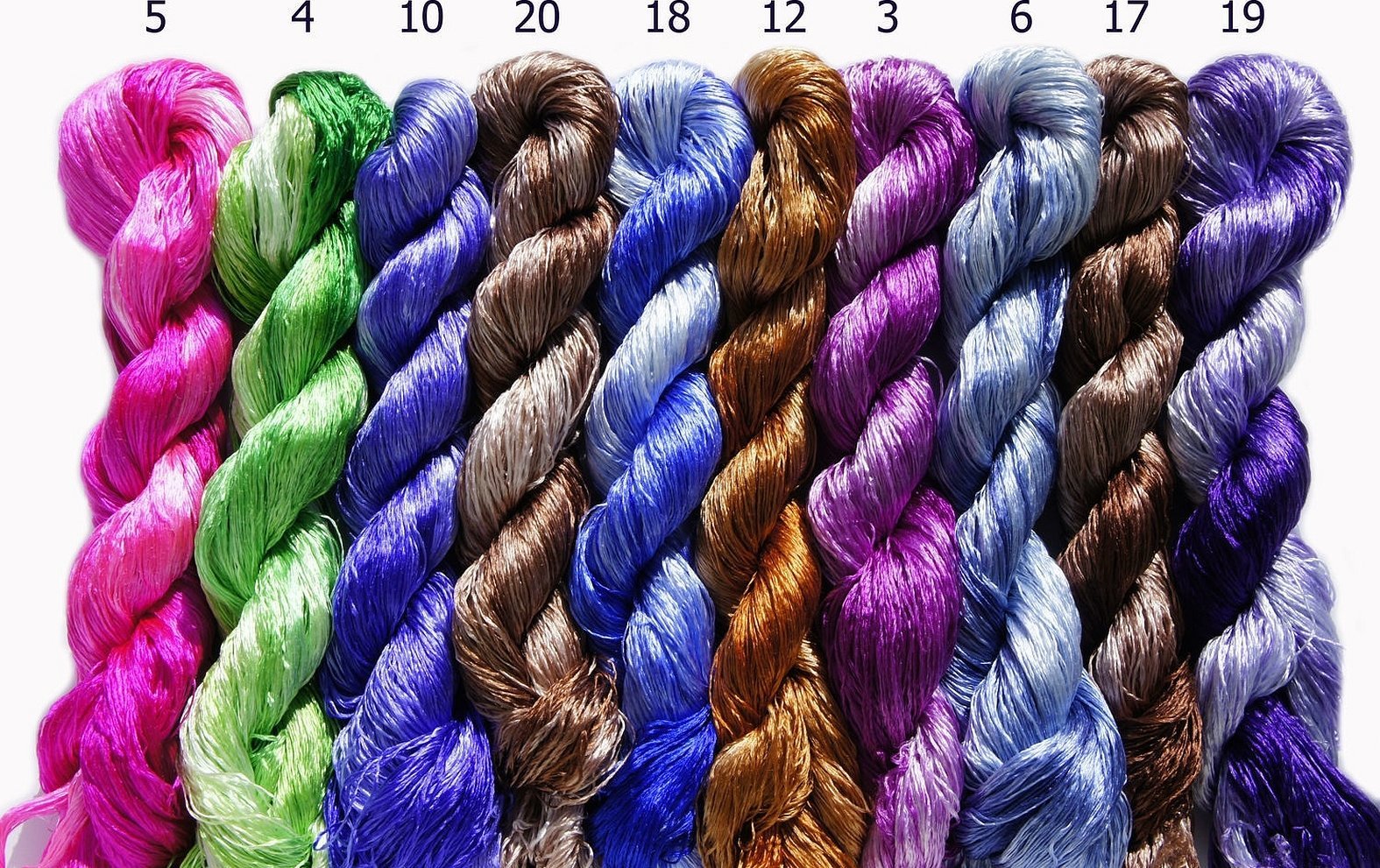
Important! Due to its comparative lightness and airiness, it is used for theatrical costumes in the form of fluffy skirts, images or stage decoration with curtains.
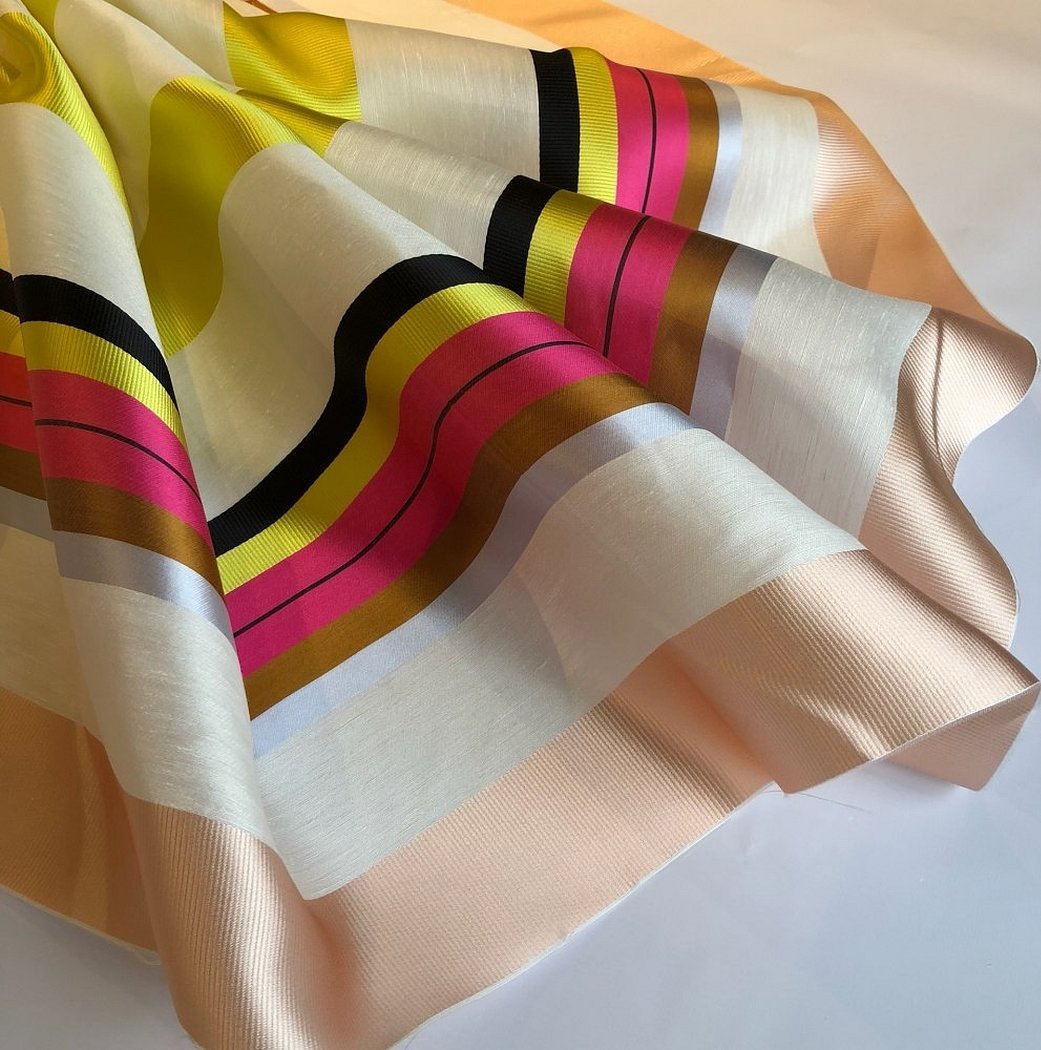
Microfiber
Microfiber is made from very fine fibers. Most often it is made from cotton, polyester or a combination of both. Due to this, the material acquires the properties of air permeability and excellent hygroscopicity. This set the trend for its use in sewing sets of clothes for athletes, towels, blankets, bath mats and even entire floor coverings.
This relatively new type of polyester fabric immediately gained popularity for upholstery of sofas, couches and chairs.

Acrylic
Acrylic is not so soft, but it is very durable. This allows it to be used as a material for making ropes, umbrellas, tourist tents and backpacks for children. In addition, acrylic is used as a canvas for advertising boards and billboards. Its waterproofness ensures its use for sewing outerwear.

Important! Acrylic is used to make not only fabric and canvases, but also paints, dishwashing detergents, stretch ceilings and building materials. It is stretched on ceilings and instead of wallpaper. Its high density, equal to 250 kg per cubic meter, allows this to be done.
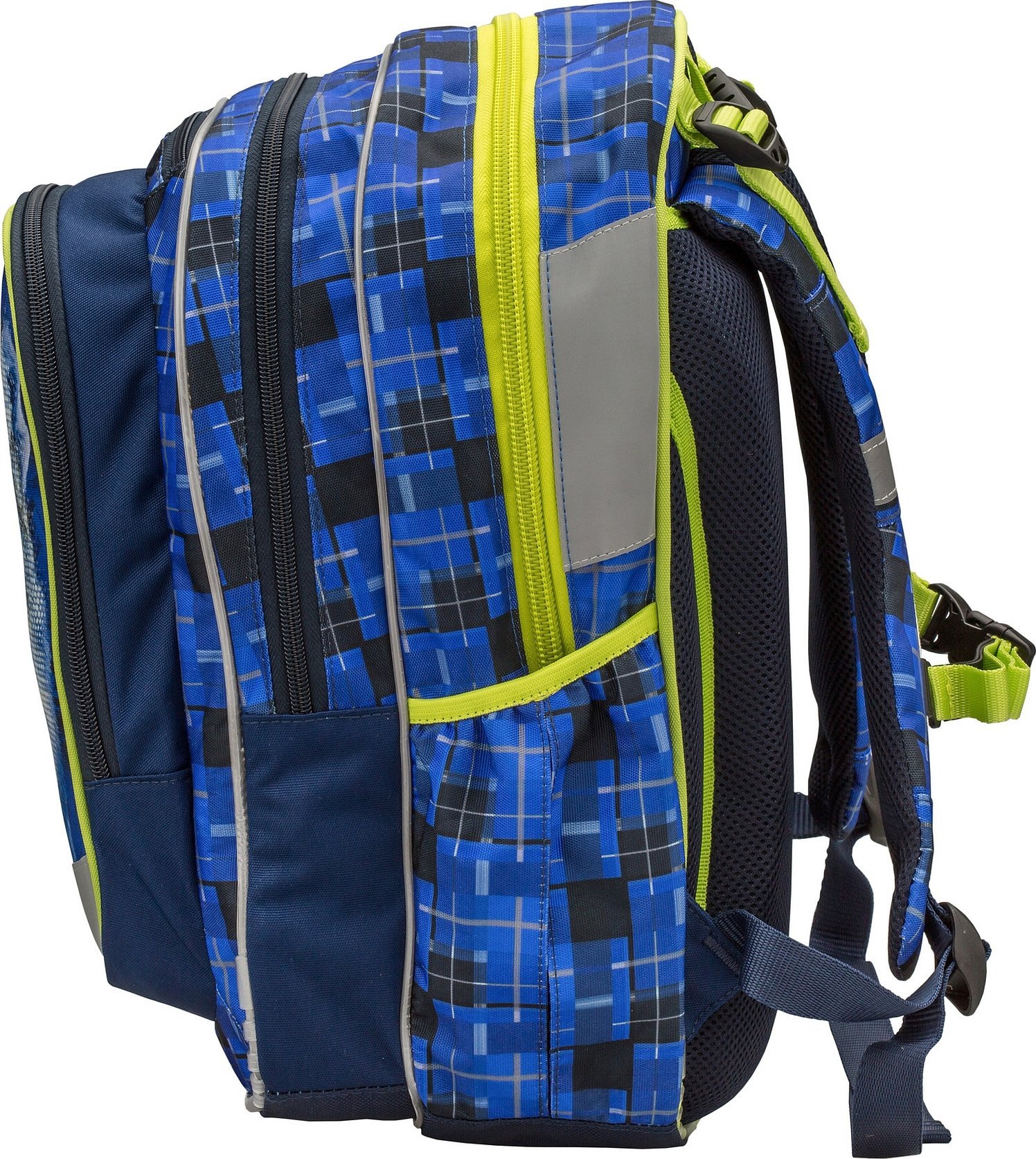
How Polyester Combines With Other Fibers
As already mentioned, 100% polyester is very rarely used for sewing clothes, because it is rigid and holds its shape well. Therefore, synthetics are often combined with other artificial or natural fibers. Among them: cotton, linen, wool, polyamide. As a result of such "collaboration" a soft fabric with improved characteristics is obtained.
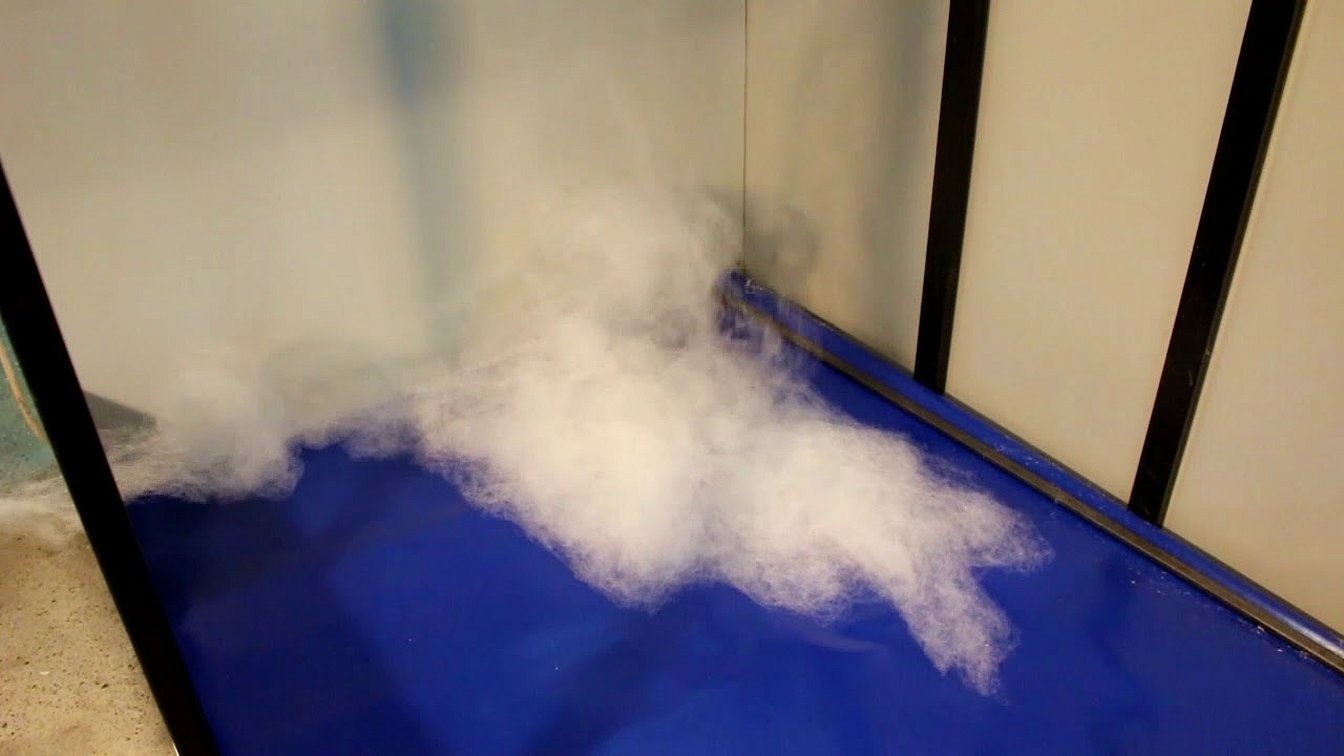
Combination with cotton
By mixing cotton and synthetic fibers, of course, some of the hygroscopic and hygienic properties of the material are sacrificed, but new unique properties are added. Fabric:
- Gains strength and wear resistance;
- Does not fade in the sun;
- Does not require special care;
- It costs less than its all-natural counterparts.
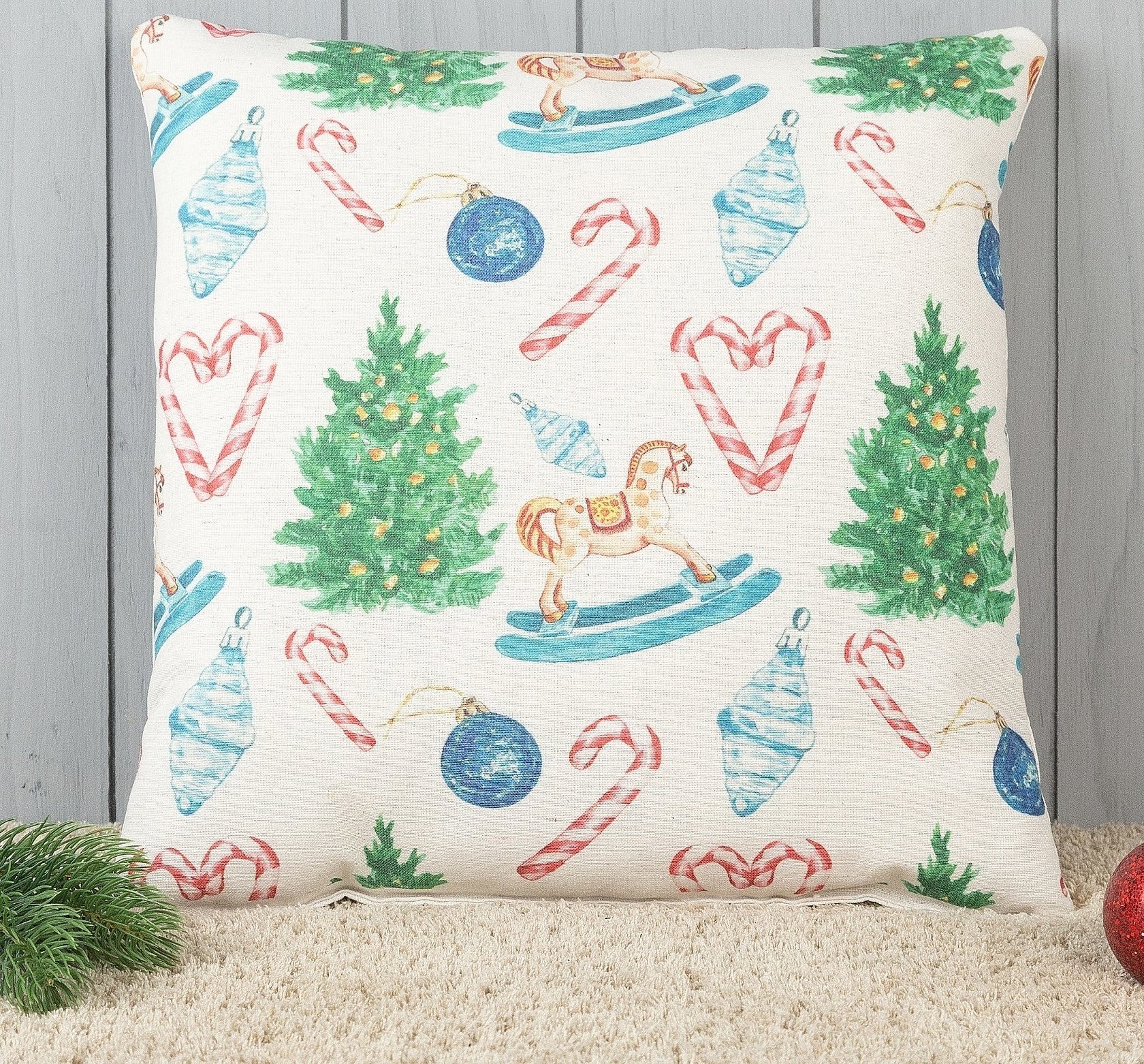
Combination with flax
Adding synthetics to linen fabric makes it more practical than without it. Almost all linen T-shirts, vests, suits for hot seasons, blouses and even curtains contain polyester. This adds durability to them.

Combination with wool
Woolen fabrics by themselves do not last long and are expensive. Adding polyester to them increases their service life several times. Thanks to synthetic fibers, wool does not wear out so quickly, holds its shape and can withstand spin washing in a washing machine. If the mass fraction of synthetics in a wool product is less than 30%, it will not differ much tactilely, and externally there will be no difference at all.

Combination with spandex
With spandex or elastane, polyester not only enhances its properties of density and strength, but also acquires greater elasticity, easily returning to its original shape. Such material is excellent at letting air through. This type of fabric is used in sewing tracksuits, gloves and stockings, socks.
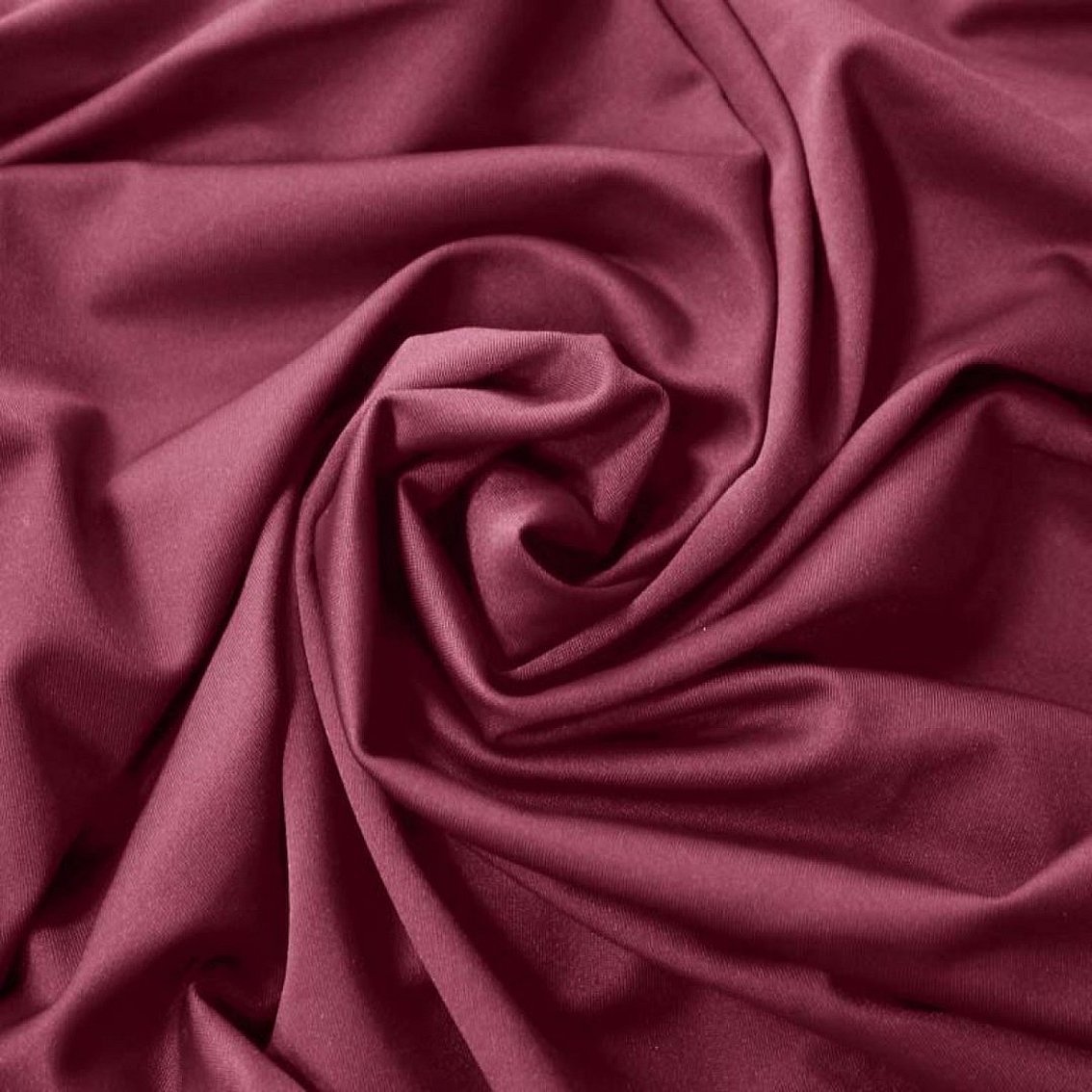
Combination with polyamide
This combination creates another material with unique properties of polyamide and polyester: elasticity, flexibility, high wear resistance. Externally, it is similar to silk fabric, which does not deform or fade in the sun, does not lose color after repeated washing.
Important! It also has its disadvantages: electrification and lack of absorbency. Most often, the combination is used for sewing women's underwear. In this case, polyester and polyester can be used. Not everyone knows the difference between them. And the answer lies on the surface. These are two different definitions of the same word. What is this, what is synthetic and there are few differences between them.
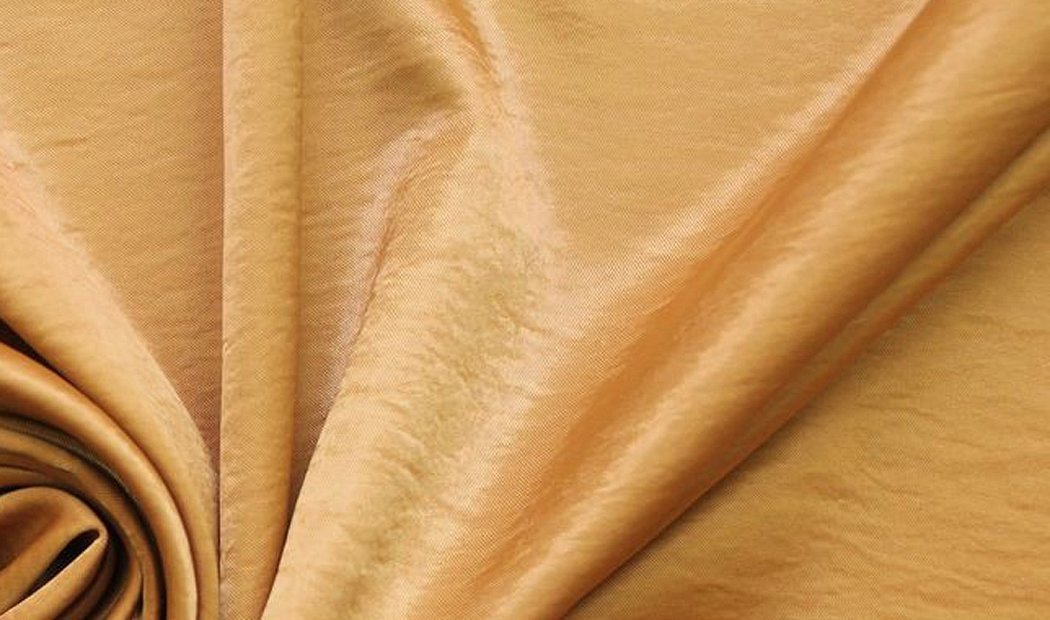
Scope of application
The scope of application of polyester fabrics is not limited to sewing light clothing. It is in demand in many areas of industry and the national economy, including the automotive industry. Polyester is used to manufacture:
- Finishing building materials (ceilings, wallpaper, decoration);
- Sportswear;
- Clothing for tourists and tourist equipment (tents, ropes, awnings, backpacks);
- Flags, flags and billboards;
- Upholstery coverings for furniture;
- Floor coverings;
- Faux fur;
- Siliconized linings and insulation;
- Formal wear (jackets and suits);
- Work clothes for enterprise employees;
- Bed linen and underwear.

Application in sewing workwear
Special attention should be paid to polyester workwear, as the fabrics from which it is sewn have increased requirements. Polyester meets all these requirements: it is long-lasting, easy to care for, has protective properties and is inexpensive.
Polyester fibers withstand impregnation with various compounds to improve water-repellent, fire-resistant and acid-proof properties. Excellent working mixed fabrics based on polyester are "Oxford", "Greta", "Twill", "Pulse", "Panatseya". They are made from a mixture of synthetics and cotton, viscose, lavsan. Jackets made of these materials are comfortable to wear, wear-resistant and are used in various industries.

Rules for the care of polyester fiber
This material is unpretentious, but it is better to follow the instructions that were determined by the manufacturer. This will not only preserve the appearance of the product, but also its quality. Among the main rules:
- Washing in the mode set by the manufacturer. This includes not only the mode, but also ironing, the use of certain detergents, water temperatures. A few mistakes can send the item to the trash;
- Use of liquid detergents. If there is only powder, then it is diluted in warm water. This is done to avoid soap stains on the canvas;
- Synthetics are washed at a maximum temperature of 40 degrees. When impregnating the fabric, the values may be higher. This should be indicated on the label;
- Washing is carried out in a delicate mode with a maximum rotation frequency of 800 revolutions per minute;
- To remove static electricity, it is recommended to use conditioners and rinses;
- When ironing items, use a gentle mode for silk. The process itself is carried out from the inside.

Advantages and disadvantages
Among the advantages of polyester we can highlight:
- Things last a long time;
- They are quite strong;
- They are easy to wash and iron if you know the instructions;
- Lightness and pleasant to the touch;
- In cold weather, they keep the body warm;
- Repels water and snow;
- Polyester is the least likely to cause allergic reactions;
- Does not react with acids, solvents and does not fade.

The material is not without its drawbacks. The most significant of them are:
- In hot weather, the material will not allow air and heat to pass through;
- If there is a violation in production and it is made cheaper, it can become harmful and cause allergies;
- Often electrified:
- Unblended polyester is stiff and therefore not always comfortable for the body.

Polyester fiber: is it harmful to humans
As already mentioned, polyester can cause harm to health if the production technology is violated, when cheaper primary raw materials and methods are used. Polyester itself cannot cause harm to a person, if initially it is a polymer, not a monomer. The fact is that polyester is formed by industrial distillation of oil.

The reaction produces monomers that join into chains and form polymers. Some monomers may be unbound and get stuck in the chains. They are subsequently released into volatile compounds and can harm the body. However, consumers can be reassured that there should be a lot of such substances, while their concentration in finished products does not exceed the permissible norm.
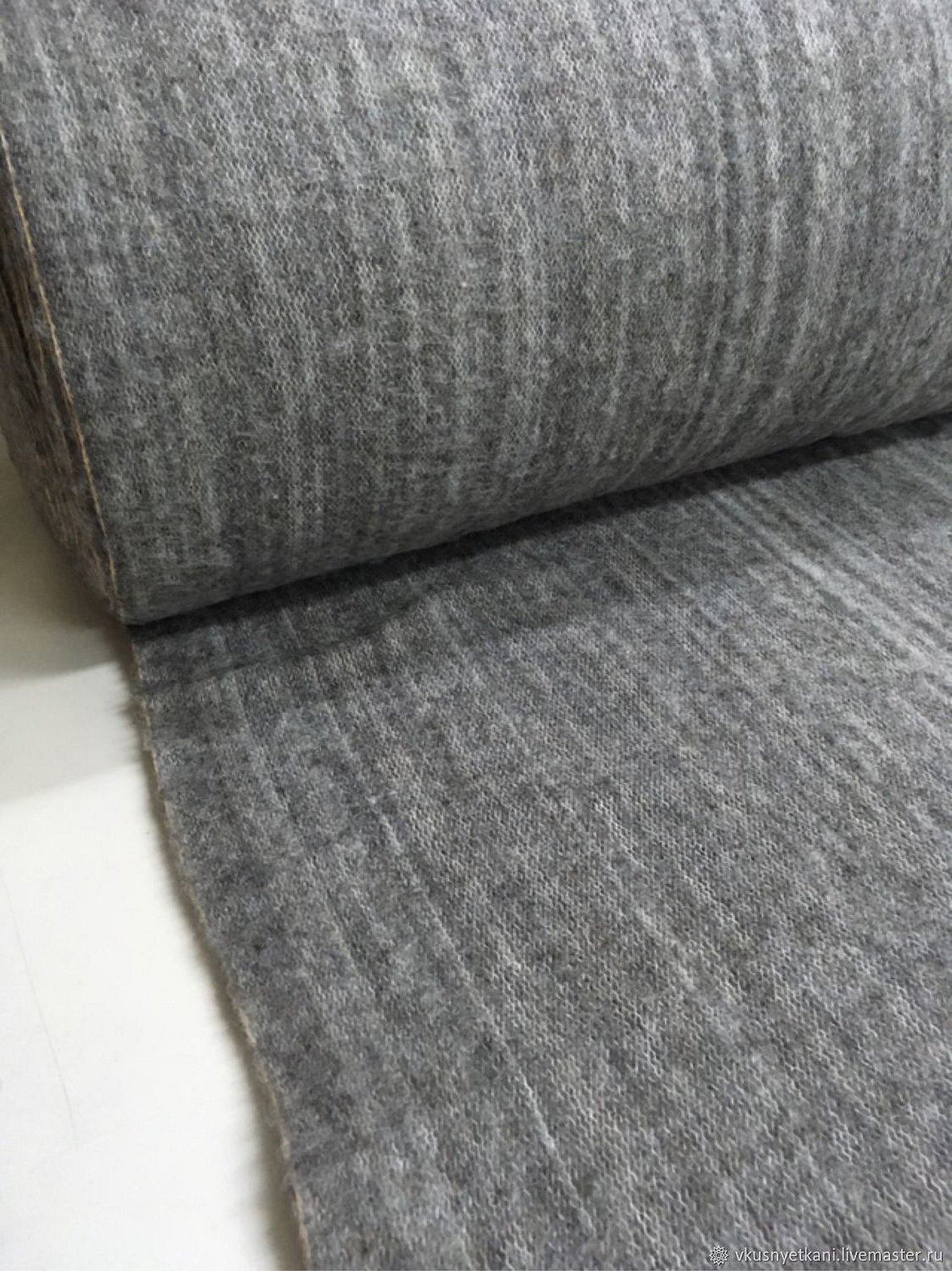
Thus, the article told about polyester fabric, what it is. Polyester is a very common synthetic fabric used not only for the production of clothing, but also for tourist attributes, backpacks, floor and ceiling coverings, wallpaper. The material's versatility was given by its synthetic origin. Mixing it with natural or other synthetic fabrics combines their properties for the better.

